New Teensy-Based Design & Specifications
Wiki for extended details + documentation: http://wiki.nuclearman.technology/mediawiki//index.php/Teensy_4.1_Computer
Hardware Specs:
- Teensy 4.1 for the main processor
- 600Mhz, or more with overclock
- SDIO for lots of storage
- 4-port USB host
- Ethernet
- Hi-Fi Audio
- Parallel port for adding a video card or LCD controller (8-bit & 5v-compatible)
- Compatible with my #Z80 overpowered computer, so compatible peripherals
- For use with my other projects, like #uPD7220 Retro Graphics Card, or the #RA8875 VGA card, which will also have a LCD controller variant
Goals:
- Actually useful computer for common tasks like writing, organizing files, playing music, etc
- Run games
- Load and execute ELF files cross-compiled from Linux
- Run a computationally costly game similar to Minecraft
- Perhaps load a mesh and textures from an SD card, and render them
The newer version was created so that I'd have a much more powerful platform to work with. An Arduino Mega just can't do that much, and although what I did was cool, I think I can do a lot more cool stuff now since technology has advanced, and since I've gotten better at making things.
I think all of the goals I mentioned are at least achievable, and much of it is not so hard. I already have much of an OS already written for the Teensy 4.1, which is probably much better than the code I created back in 2017. You can see the #NTIOS (Arduino OS) repository on my gitlab server: https://git.nuclaer-servers.com/Nuclaer/teensy-ntios
Old Design & Specifications
Hardware Specs:
- NGT30 graphics
- keyboard
- Ethernet
- SD card support
- Extra 32KB parallel SRAM if using an awesome shield
Goals:
- File System
- Programs for Files (Editing, executing, displaying...)
- Shell (Obviously)
- daemon for displaying RAM usage (right side of screen)
- Task Manager
- Compilable & Executable BASIC
Terra (Like Terraria)
There are two software versions. One is an emulator and the other is a hard coded OS. The hard coded one has two repos, for the older and newer versions.
I have compiled a YouTube playlist chronologically of when I created them. Here it is:
 Dylan Brophy
Dylan Brophy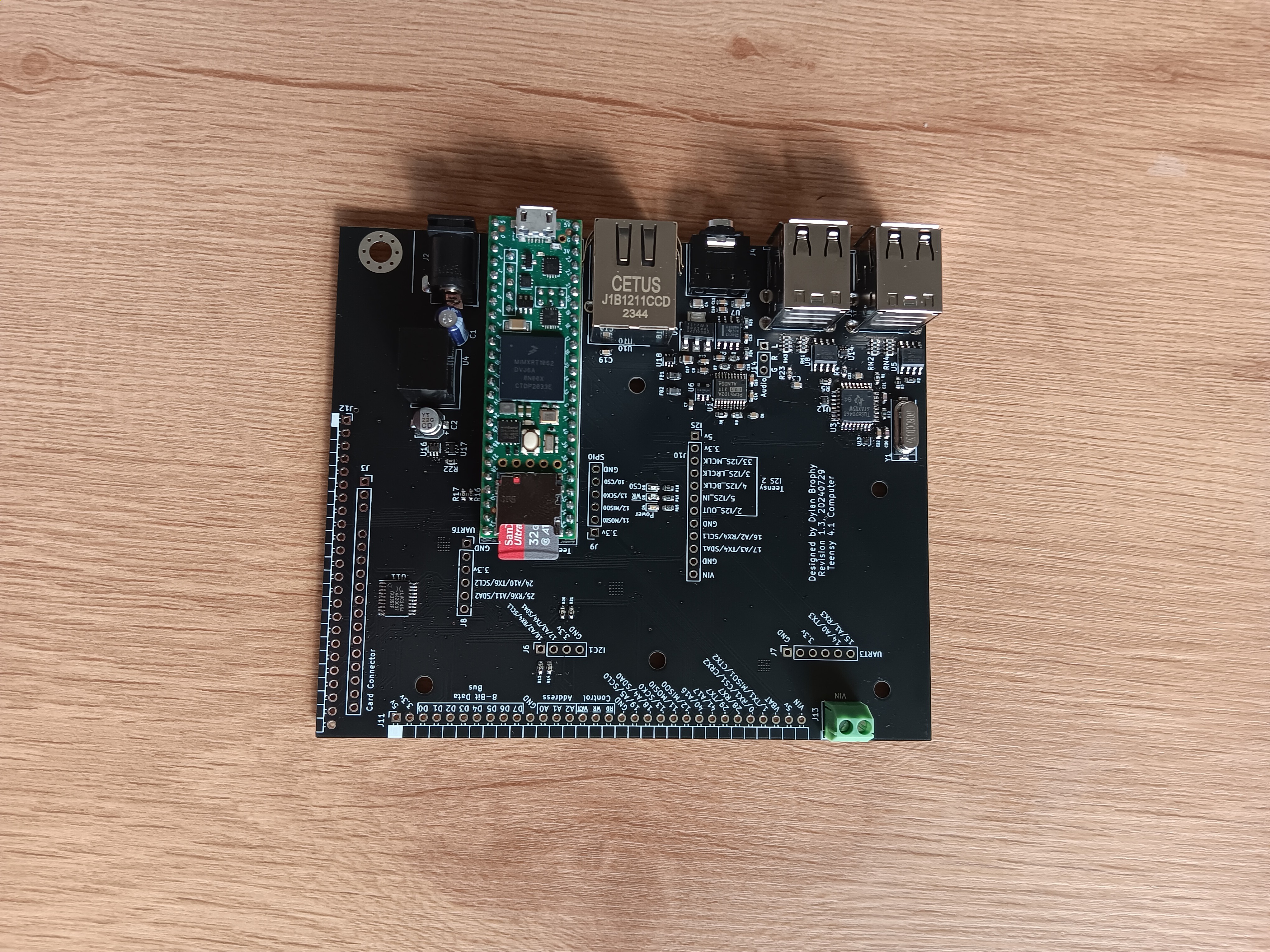
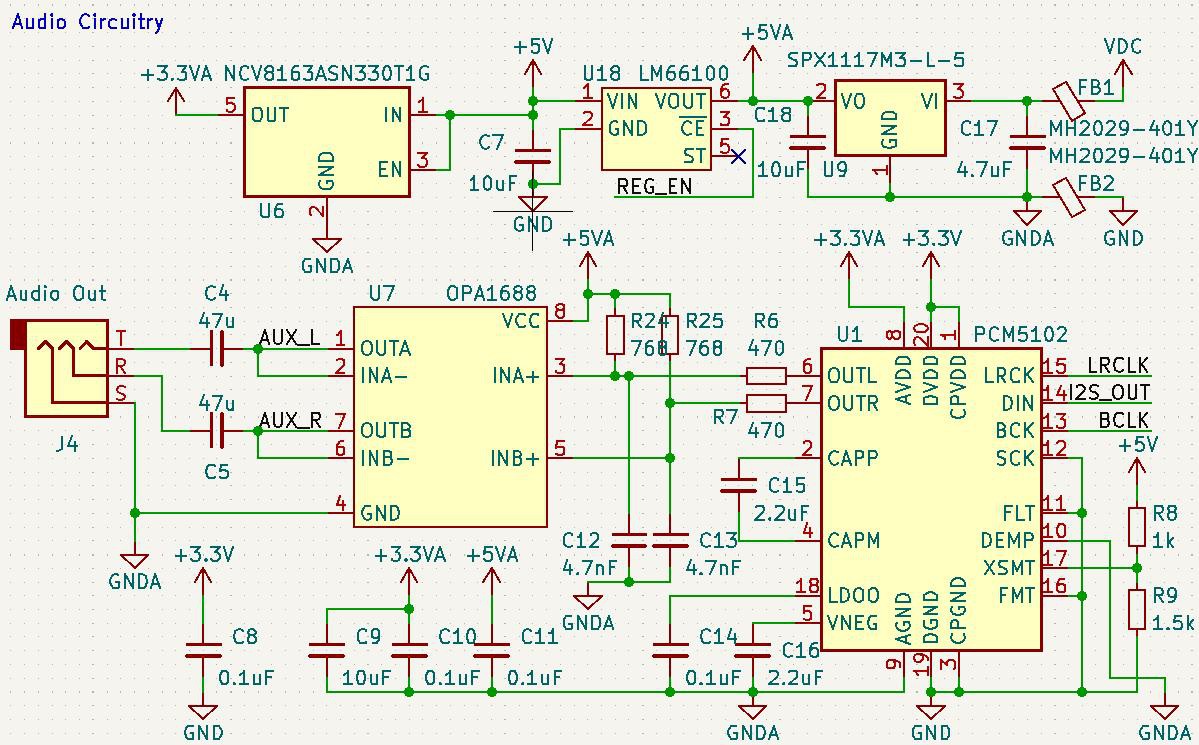
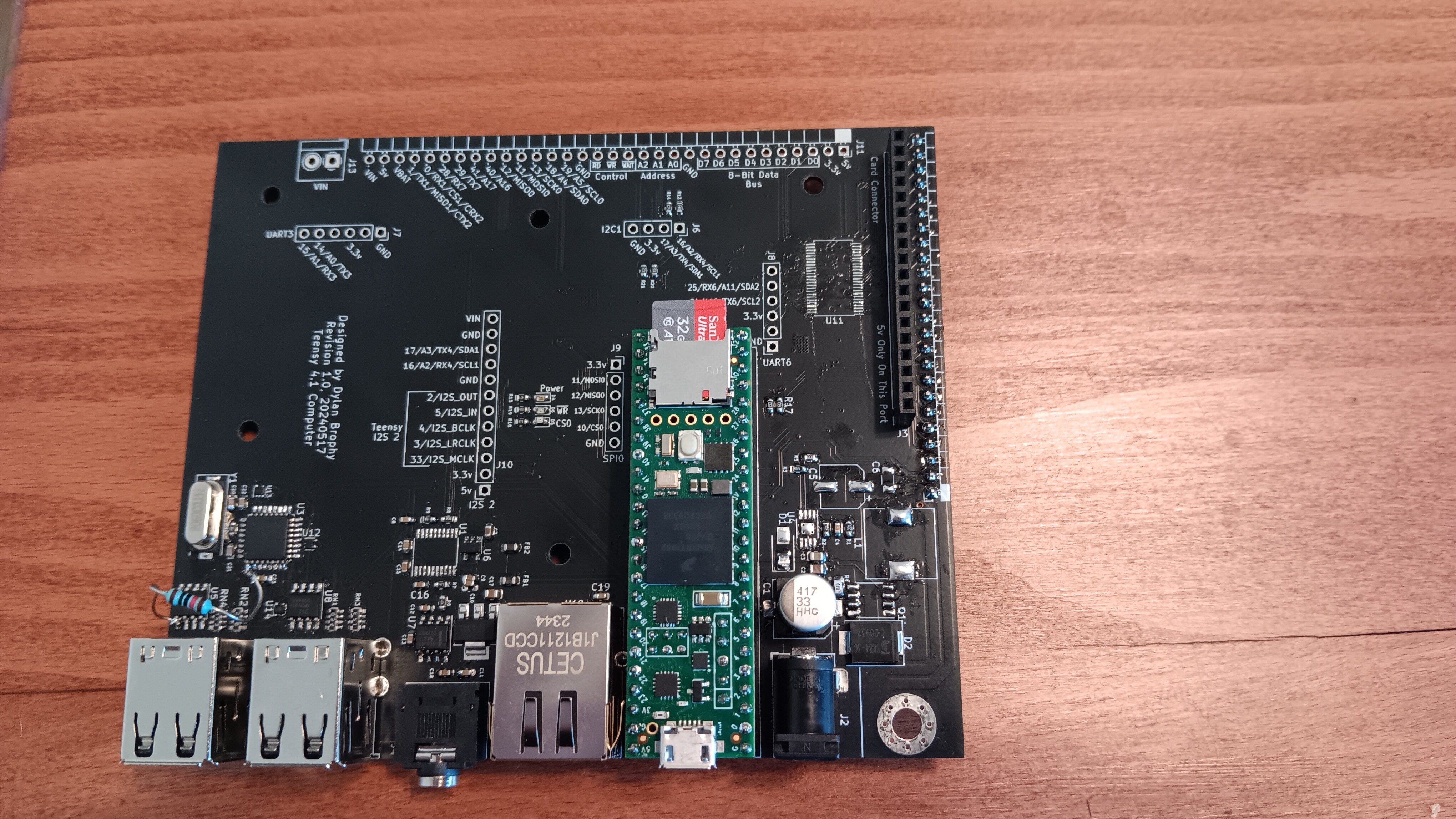
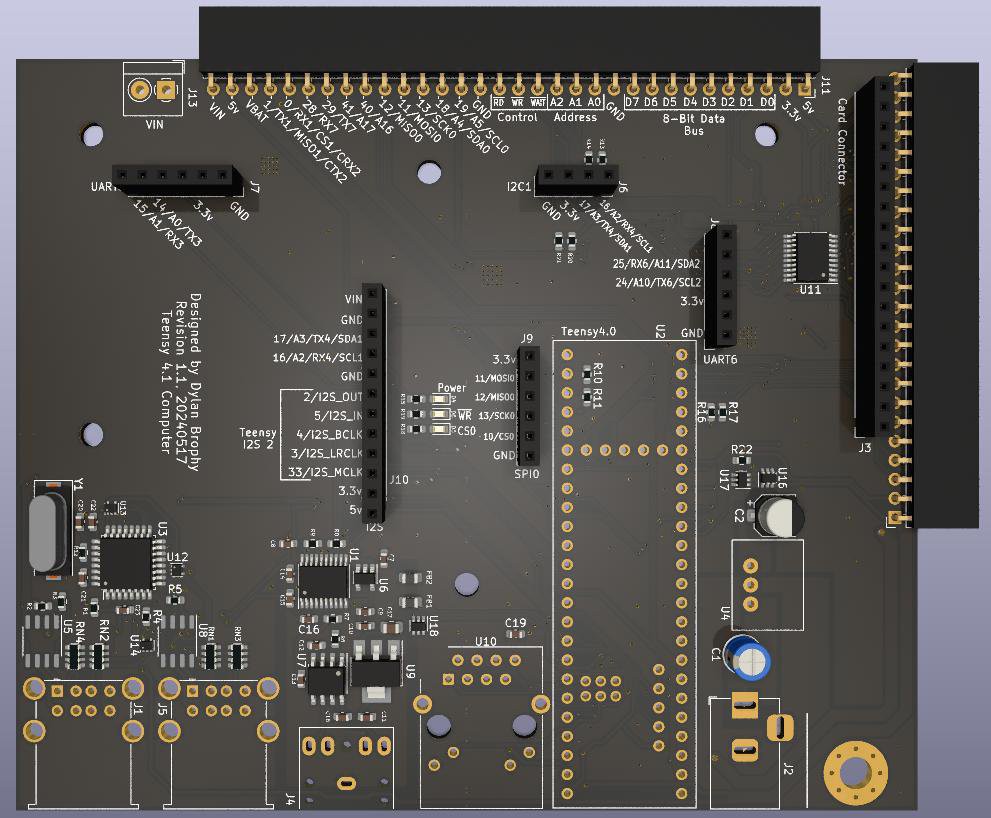
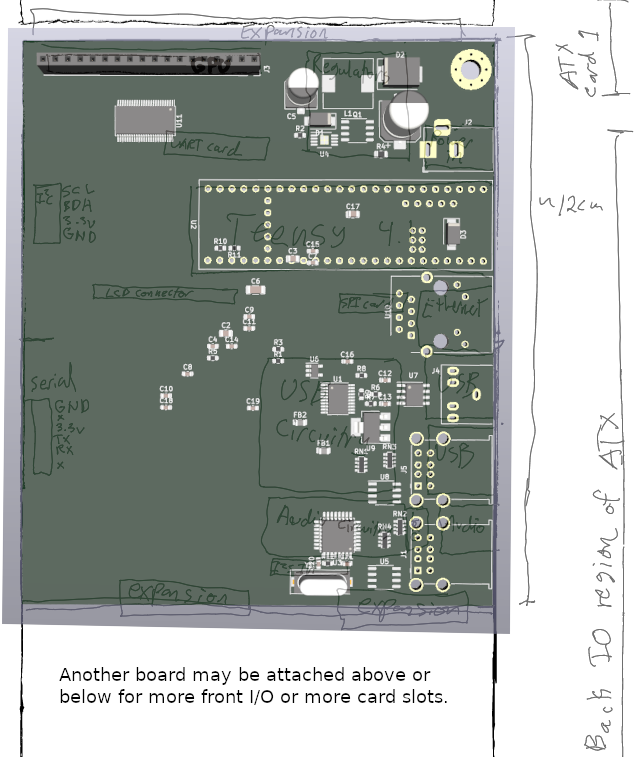
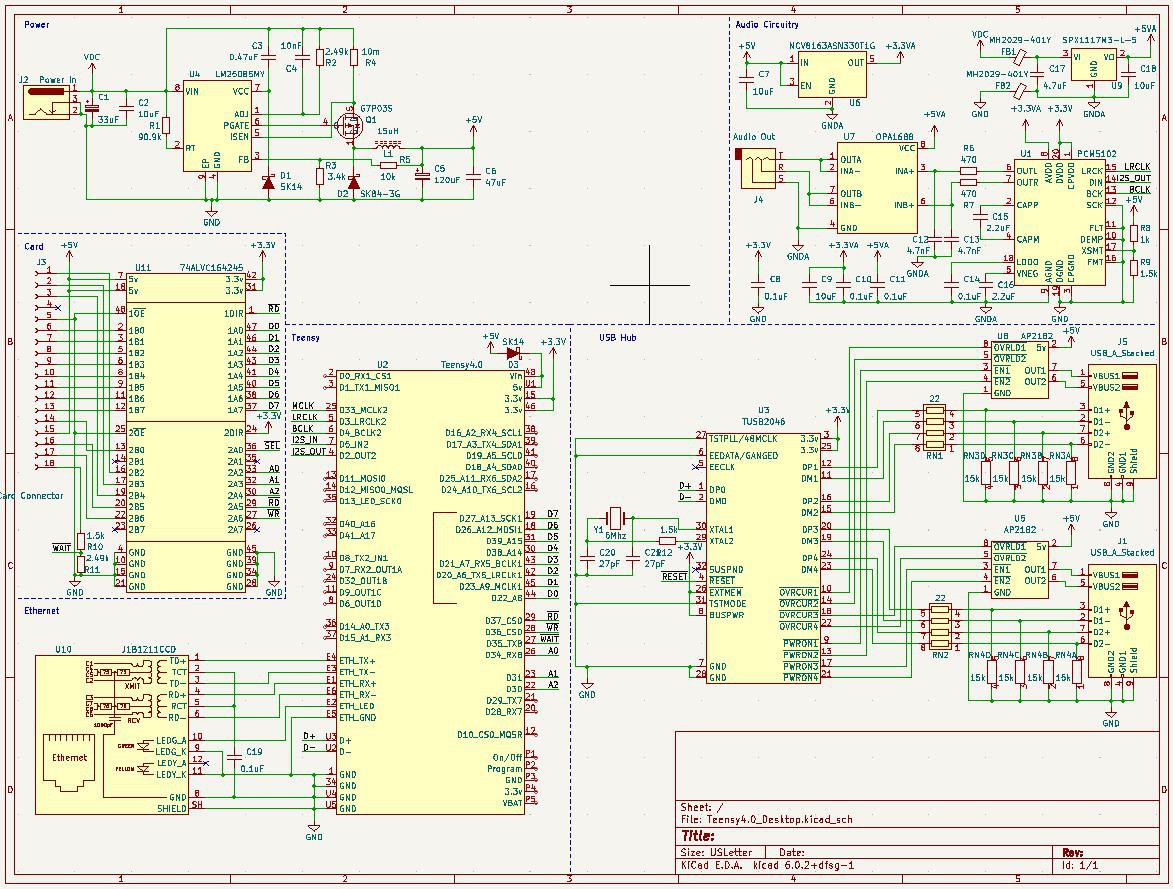



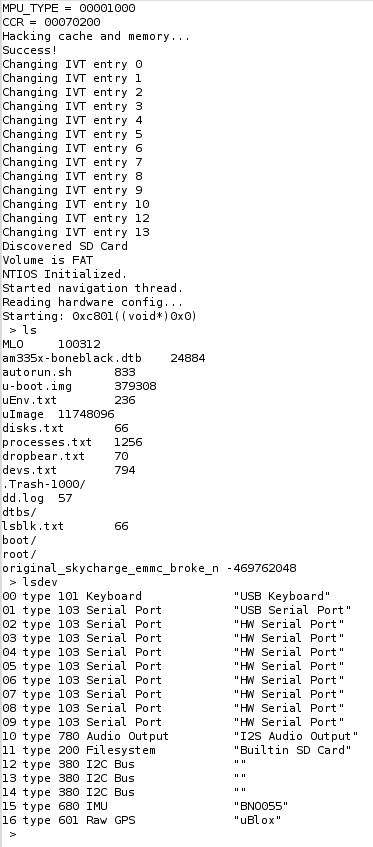
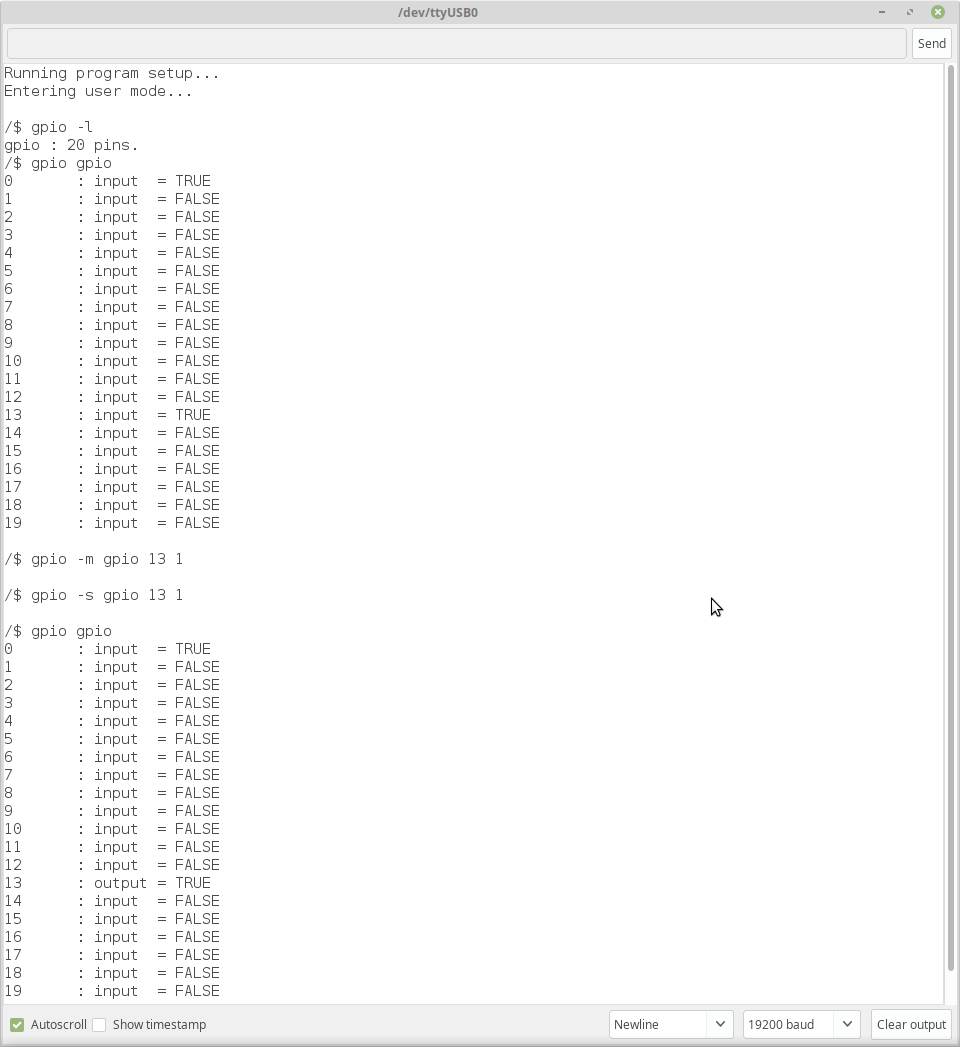



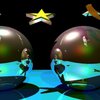
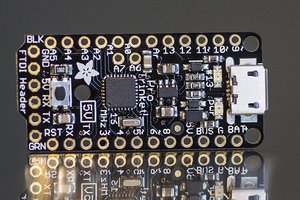
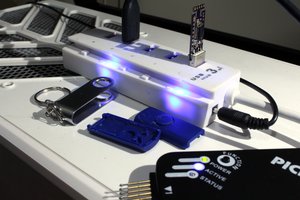
 Jarrett
Jarrett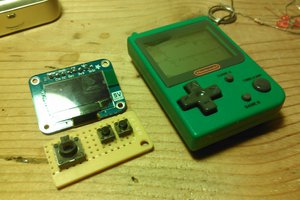
 j0z0r pwn4tr0n
j0z0r pwn4tr0n
 Alex Brown
Alex Brown
i can see it now, we'll be winning fortnite dubs on our arduinos XD